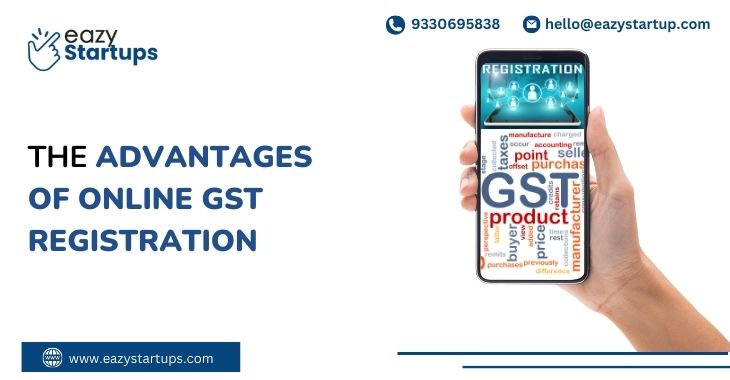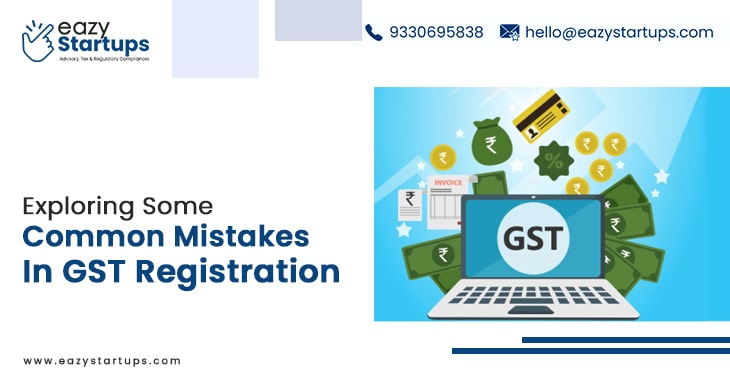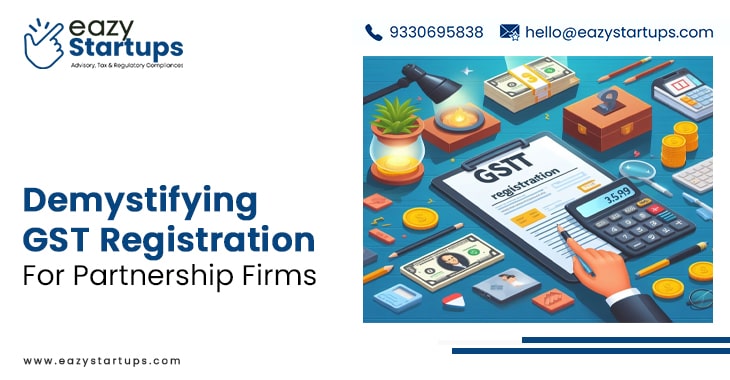In India, the Goods and Services Tax (GST) is a single tax system that makes paying taxes easier for people and enterprises. However, there are many kinds of GST registrations based on the sort of business and its activities. This blog will discuss the different kinds of GST Registration Online in India.
Let’s look at the various types:-
- Regular Taxpayer Registration
- Composition Scheme Registration
- Casual Taxable Person Registration
- Non-Resident Taxable Person Registration
- Input Service Distributor (ISD) Registration
- E-Commerce Operator Registration
- Special Economic Zone (SEZ) Developer and SEZ Unit Registration
Regular Taxpayer Registration:
Regular Taxpayer registration is the most popular kind of GST registration. This pertains to companies whose yearly revenue exceeds the threshold limits of ₹20 lakhs (₹10 lakhs in states under special category) for product suppliers and ₹40 lakhs for service providers. Businesses registering under this program can claim input tax credits on their purchases and must collect and submit GST on their sales. The majority of Indian firms can use this kind of registration.
Composition Scheme Registration:
The Composition Scheme is intended for small firms with an annual turnover of up to ₹1.5 crore. Instead of paying the standard GST rates, this system enables firms to pay GST at a reduced, fixed rate based on their turnover. Nevertheless, companies registered under the Composition Scheme are prohibited from making interstate supplies and cannot obtain input tax credits. Small enterprises seeking ease of use and minimal regulatory requirements might consider this registration.
Casual Taxable Person Registration:
Someone who periodically provides products or services in a taxable zone without a regular place of business is known as a Casual Taxable Person (CTP). For example, a company attending an expo or trade show in another state would have to register as a Casual Taxable Person. This temporary registration is good for ninety days, but it can be extended if needed. Based on a projected turnover during the registration period, CTPs are required to pay GST in advance.
Non-Resident Taxable Person Registration:
Individuals or companies based outside of India yet occasionally provide products or services known as Non-Resident Taxable Persons (NRTPs). NRTPs in India do not maintain a fixed place of business, similar to Casual Taxable Persons. Before making any supplies, they must register for GST and pay the Tax in advance. The 90-day registration period may be extended upon request. Additionally, NRTPs are not qualified to receive input tax credits.
Input Service Distributor (ISD) Registration:
Businesses that obtain input services and transfer the tax credit to their branches or units across various locations must register as Input Service Distributors (ISDs). For instance, input services may be provided in the head office of a business with several offices around India. As an ISD, the main office can allocate the input tax credit to each of its branches proportionately. Businesses with several operational units and a centralized procurement system will benefit from this registration.
E-Commerce Operator Registration:
Regardless of their sales, e-commerce businesses that enable the supply of products or services through an online platform must register under the products and Services Tax. It covers companies which offer goods or services via websites they own or on marketplaces like Amazon and Flipkart. GST must be collected and remitted by e-commerce companies on behalf of their sellers. In addition, even if their turnover is below the threshold, people who offer goods or services through e-commerce platforms must still register for GST.
Special Economic Zone (SEZ) Developer and SEZ Unit Registration:
Enterprises functioning within special economic zones (SEZs) are entitled to specific tax advantages and incentives. However, they still have to register with GST as SEZ Developers or SEZ Units. For taxation reasons, SEZs are regarded as foreign territories, and under GST, supplies to or from SEZs are zero-rated.
Conclusion
Businesses must comprehend the many forms of GST registration to guarantee that they abide by Indian tax rules and benefit from the GST regime. If you want to apply for GST Registration Online in India, contact Eazy Startups for the best guidance and support.







Recent Comments